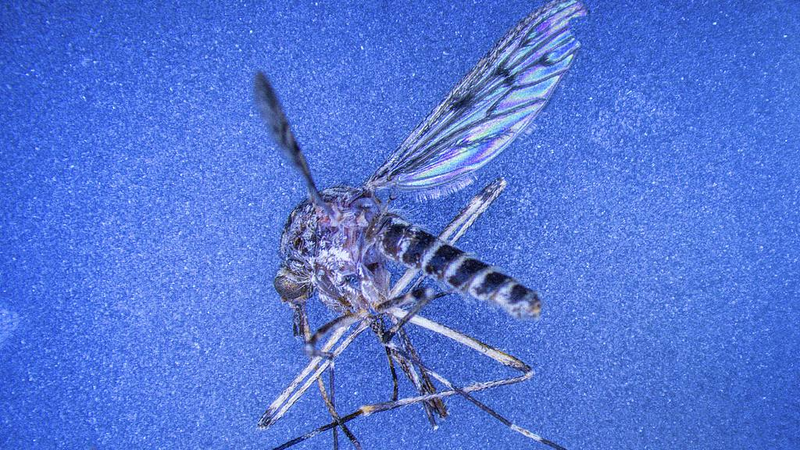Hey there, globe-trotters and tech enthusiasts! 🌍🚀 Big news coming out of Beijing that's heating up the world—literally! The world's first atlas of remote-sensing thermal infrared images has just been unveiled, and it's set to change how we see our planet.
The International Research Center of Big Data for Sustainable Development Goals (CBAS) just dropped this thermal atlas at the 4th International Forum on Big Data for Sustainable Development Goals. Sounds fancy, right? But what does it mean for us?
Picture this: A satellite named SDGSAT-1, launched back in November 2021, has been orbiting Earth, capturing data like the ultimate paparazzi of the planet's surface. 📸🛰️ This isn't just any satellite; it's the first one dedicated to the United Nations' 2030 Agenda for Sustainable Development. Talk about a superstar!
The atlas features 10 different types of landscapes across 118 regions worldwide. From rivers and lakes to mountains and deserts, it's like the Earth's thermal selfie album. It even showcases human activities like industrial emissions and urban growth—all seen through the lens of thermal infrared imaging. 🔥🏙️
According to Guo Huadong, the director of CBAS, \"The distribution and dynamic changes of surface temperatures on Earth are closely related to human socioeconomic activities, industrial production conditions, and geomorphic features.\" In other words, how we live and what we do are heating things up, and now we can see it in vivid detail.
Why is this a big deal? This atlas is a game-changer for studying climate change, the urban heat island effect (yeah, cities are getting hotter!), agricultural monitoring, and even assessing natural disasters. 🌡️🌪️🌊
But wait, there's more! Guo expressed hopes to team up with more countries and international organizations to launch a series of satellites in the future. Imagine a whole constellation of SDGSATs beaming down real-time data to help us make better decisions for our planet. 🌌🌠
\"Then we can continuously acquire valuable data of various types from different layers of the Earth to serve the sustainable development of all humanity,\" Guo said. Sounds like the future is bright—and maybe a little warmer. 😉
This is a huge step forward in using technology to understand and protect our world. So next time you feel the heat, remember, it's not just you—it's the whole planet, and now we've got the tools to see it and do something about it! 🌡️💪
Reference(s):
World's first atlas of remote-sensing thermal infrared images released
cgtn.com




